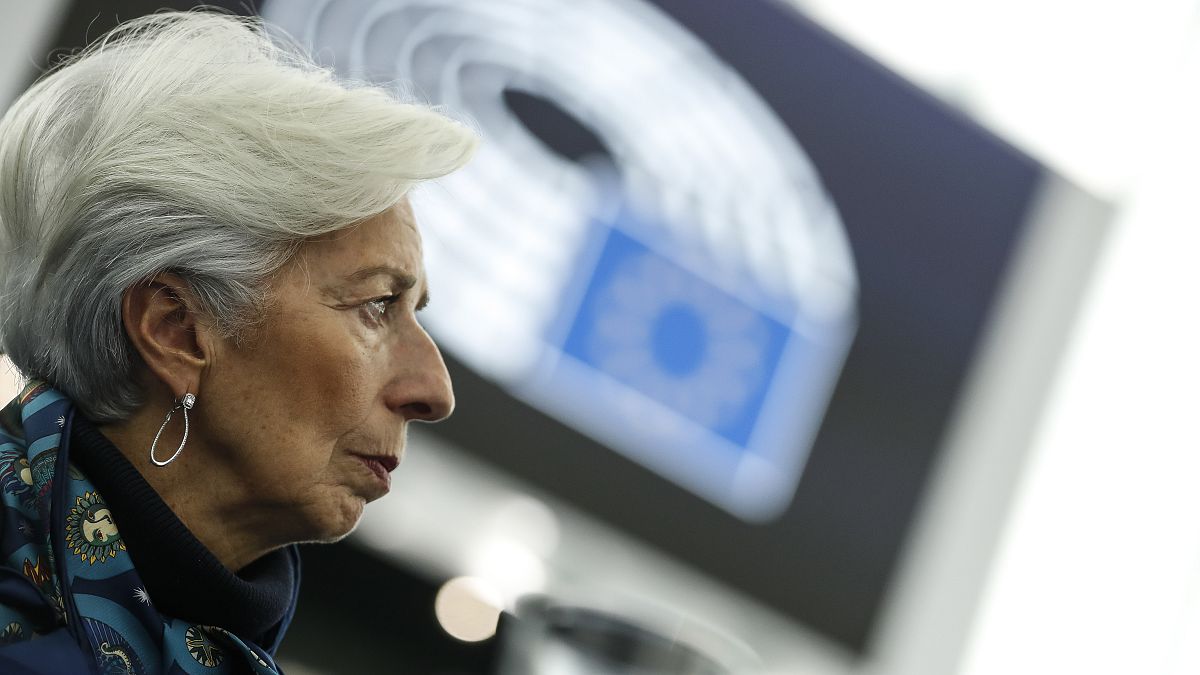Europe's two biggest economies seem to be winning the battle against the inflationary beast, but is it still too early for rate cuts?
France and Germany have published their latest consumer price index (CPI) data and the results are promising.
CPI is a measure of inflation which looks at how much money consumers are paying for particular goods and services over time.
France was the first to share the news, with national statistics agency INSEE reporting a 0.2% drop in prices month-to-month, and a 3.1% annual rise in inflation for January.
This is down from a 3.7% year-on-year jump seen in December, meaning that while prices are still climbing, they are doing so at a slower pace.
The annual cool-down can be explained by looking at the easing costs of food, energy, and manufactured goods, while monthly changes were strongly driven by falling costs of manufactured products such as clothing and footwear.
Turning to German data, January's CPI came in at 2.9%, compared with the same month a year earlier.
This is the lowest point this figure has reached since June 2021, a sliver of good news for Germany, described by some as the current "sick man of Europe".
To break this down, January's energy prices fell 2.8% year-on-year, while food prices rose 3.8% compared with the same period last year.
Both countries also reported a harmonised index of consumer prices (HICP), which is an adjusted measure of inflation that can be compared across countries.
Germany's HICP was up 3.1% year-on-year and showed a 0.2% monthly fall.
France's harmonised figure showed a 3.4% yearly increase and a 0.2% decline over the month.
Andrew Kenningham, Chief Economist at Capital Economics, said there "were no major surprises in the national data published for France", but added that German data surpassed expectations.
"Germany’s headline HICP inflation rate dropped from 3.8% in December to 3.1% in January which was well below the consensus and our own forecasts (3.4% and 3.6% respectively)."
He went on: "There's still one more inflation release to take into account before the ECB's March meeting, but the numbers for January make us more confident in our forecast that the first rate cut will be in April."
Recent comments made by European financiers are also spurring on markets eager for a cut to borrowing costs.
ECB President Christine Lagarde said last week that "the disinflation process is at work", and Bundesbank President Joachim Nagel remarked on Tuesday of this week that the ECB had "tamed the greedy beast" of inflation.
The comments came as gross domestic product (GDP) data for the eurozone was released on Tuesday, showing that the area is stagnating under high interest rates.
If the ECB moves to cut borrowing costs, this could provide a much needed boost to euro nations, although the fear of rekindling inflationary fires hangs over policy makers.
The bank will be closely monitoring wider eurozone inflation data, due to be published on Thursday, as analysts now predict rate cuts in April.



